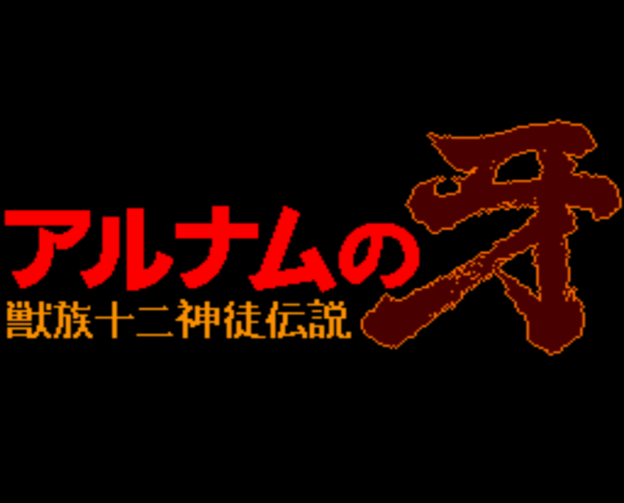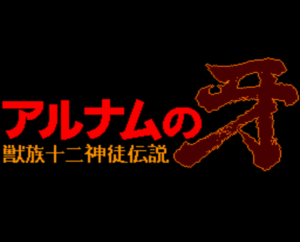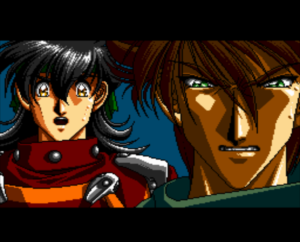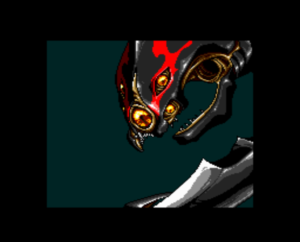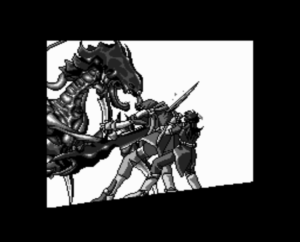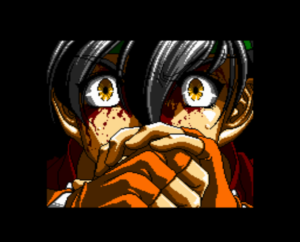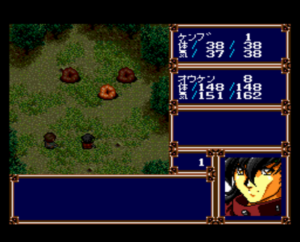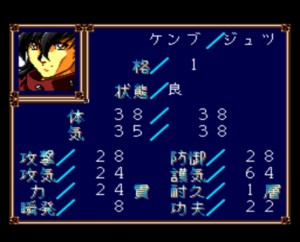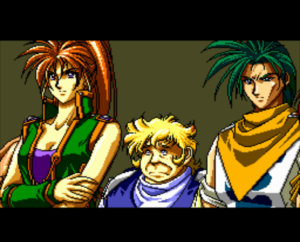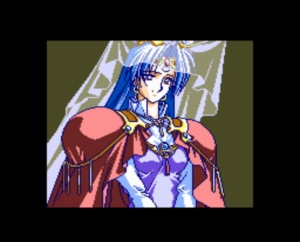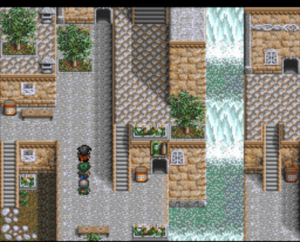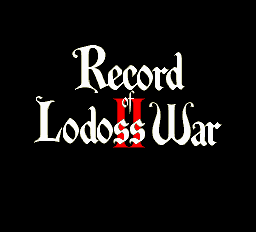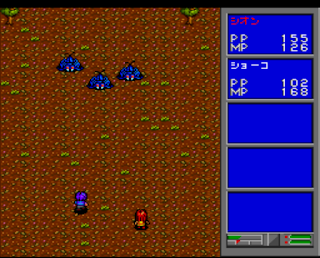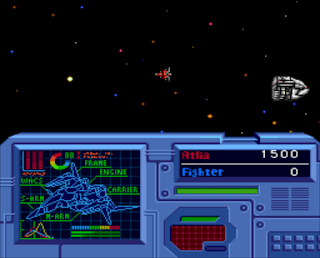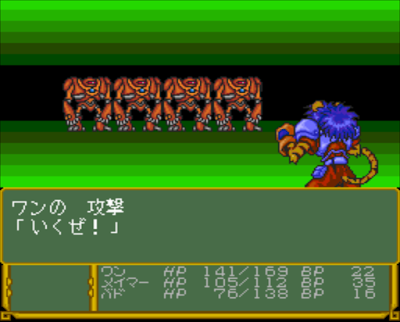The game begins with an extended cutscene; as is common for these late PCE games, the scenes are well done.
The battle system is pretty simple. You can choose “attack” or “beast attack”. Everything you do uses Qi, which is a bit annoying at the beginning because everyone’s Qi is so low that even just doing basic attacks quickly exhausts your supply. The problem is made worse by this game’s ridiculous random encounter rate, one of the worst I’ve seen (it may even be worse than The Last Battle although this game’s areas are much smaller).
But the much bigger issue than this is that the game is full of bugs, almost at the level of Maka Maka. There are numerous graphical glitches here and there, but also a large number of bugs that cause freezes
Some examples of the bugs:
- The strongest fire spell freezes the game (even if enemies cast it).
- The strongest weapon (the Fang of Alnam of the game title) sometimes has negative attack power due to a bug.
- Bosses are frequently absent; you have to leave the dungeon and come back (if it’s the final boss you have to reset)
- There are other bugs where when you enter or exit places, or use stairs, you get stuck and have to reset
- For two characters, if you level them up too much before a certain point in the game it will always freeze during a cutscene
- Characters appear and disappear, or have the wrong face portrait
- There are multiple places where after a cutscene, if you try to backtrack instead of moving on, you get stuck and have to reset
There are a lot of other minor graphical glitches as well. For some of the bugs you can save your game in a bugged state where you can’t win the game, and since there’s only one save slot you would have to start over.
Once Genbu reaches the capital, he’s ignored and insulted by most of the humans but eventually reaches the Empress, who tells everyone about the Shishimaru and asks for their help. Throughout the game Genbu will work with various representatives to deal with the Shishimaru and also figure out his place in the world.
Most of the sites I looked at praised the story and visual scenes, and in fact the game was remade on the Playstation as an adventure game with no RPG elements. A sequel RPG came out for the Playstation in 1997 and there was supposed to be a third game, but Right Stuff went out of business before that could happen.
Given the high encounter rate, basic battle system, and the bugs, I didn’t see any need to play the game beyond this point. It’s a shame because the visuals do look good and there is potential in the game. It has a good interface and everything plays quickly and smoothly.
Next up will be the final SFC game for 1994, Dual Orb 2.
